An idea or problem does not just become a product. A whole process precedes this in which you as an engineer play an important role.
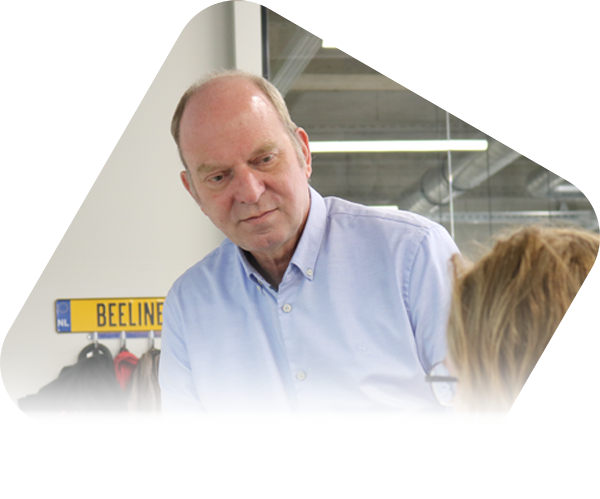
1. Define purpose
In order to deliver a good end product, you will discuss with the problem owner/customer exactly what needs to be solved and what the solution will look like. How big, how heavy, what functionality and what preconditions apply (IP67/energy consumption/when to deliver/what to deliver).
By establishing short lines of communication with the customer right away, you avoid surprises. Through an agile approach (often common sense) you always take the shortest distance between two points. It’s better to put a lot of energy into that at the beginning than at the end, because then you’re always too late.
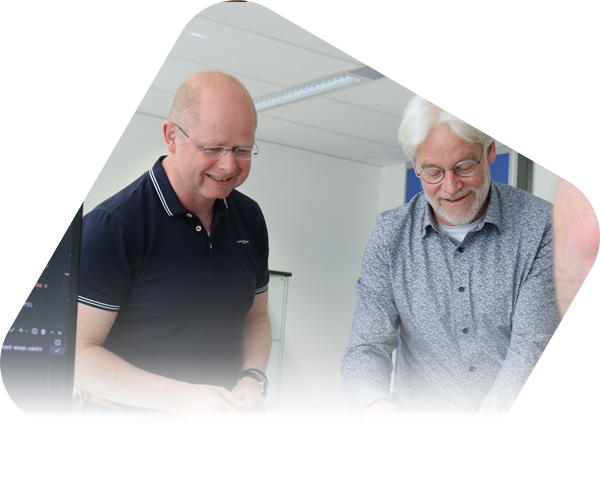
2. Realization process
Together with your colleagues, you have clarified what the problem is, and you can start figuring out what the concept product will look like. Often the customer wants fast delivery, such as within one month. So you need to choose a software development kit that is easy to use, quick to implement and can support generic features. You should also choose components that are in stock on the market, rather than six-month delivery times. So choose commonly available components.
Should the solution be Low power, then a sleep mode should be applied. If it is about displays then an O LED is the most economical solution. Should there be icons on the display, then those also determine the power consumption, everything depends on each other. Both hardware and software as well as design.
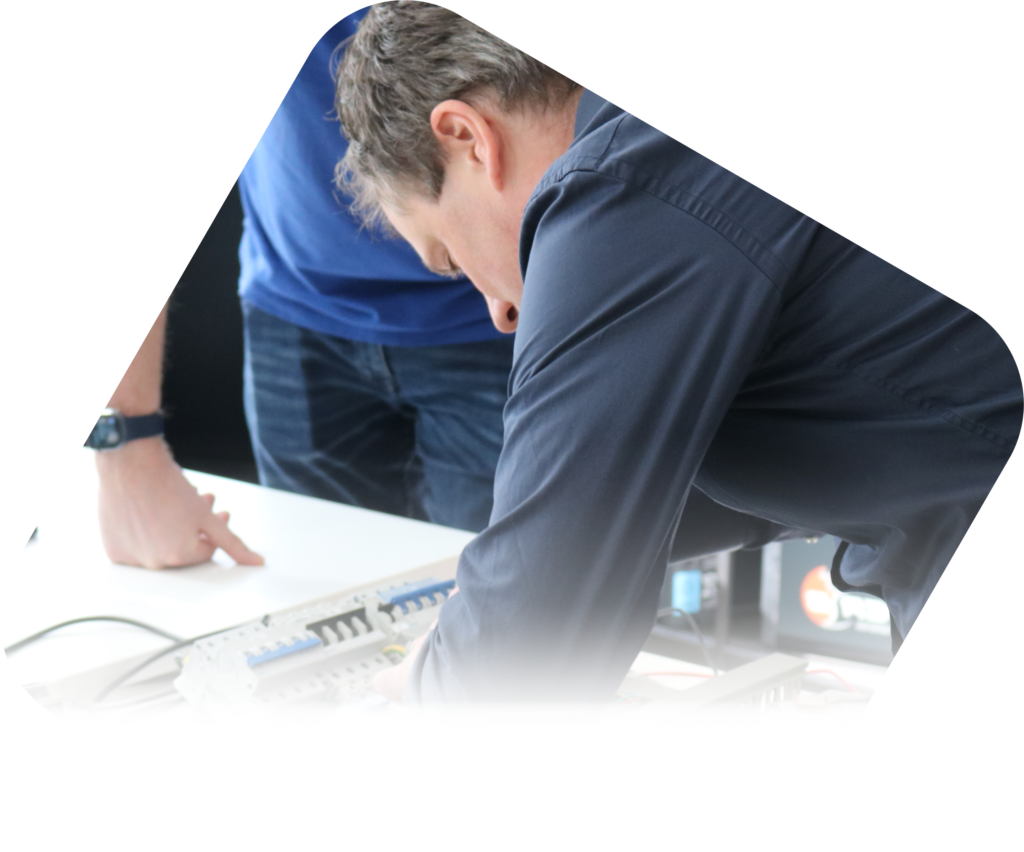
3. Responding quickly to developments
If there is a market for a product, as there was during corona time, you need to be able to deliver quickly. In fact, with the 1.5th meter spacing, there was an opportunity to make a product that will squeak upon entering this 1.5th meter zone. You can’t take a year to do that. You have to be able to make that quickly. Then the efforts over a short period of time are pretty intense to deliver on time.
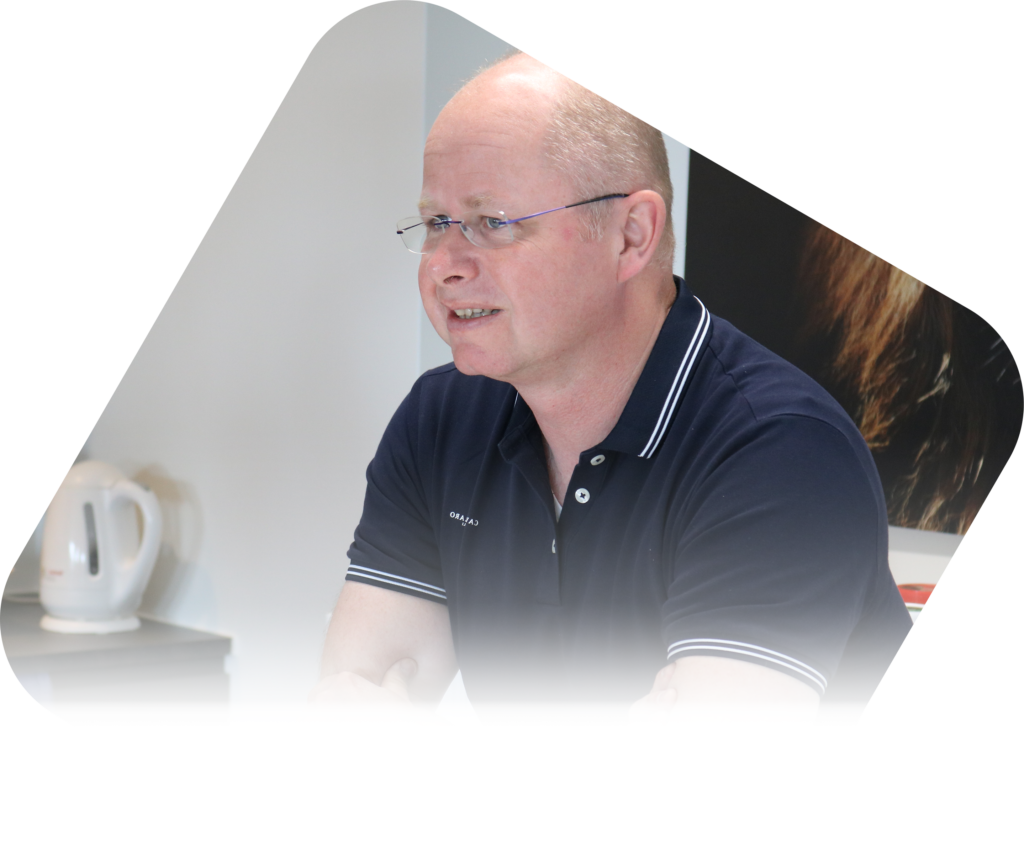
4. Prototyping and testing
As the delivery time nears then, it is important that you provide the prototype with a good piece of documentation and a solid test plan. This way, you can be sure that the customer will be satisfied with its operation.
In the weekly consultation with the customer, in fact, the specifications have already been interacted with and a clear final specification has been formed. Sometimes you have to redesign something at the last minute because the test criteria are not met. Well, that’s part of the job.
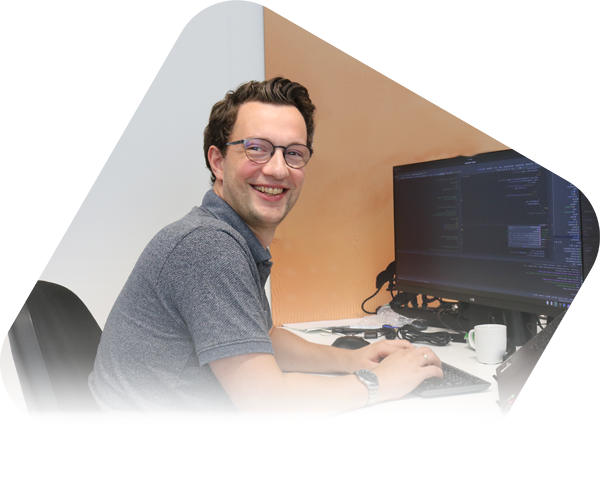
5. Product delivery
The best part of the above process is delivering the product at the right time with the right specifications. Celebrating when you have a win/win for both parties. That you have a happy customer who is very satisfied with all elements of the product. This in turn generates tremendous energy for the next, seemingly impossible, challenge.
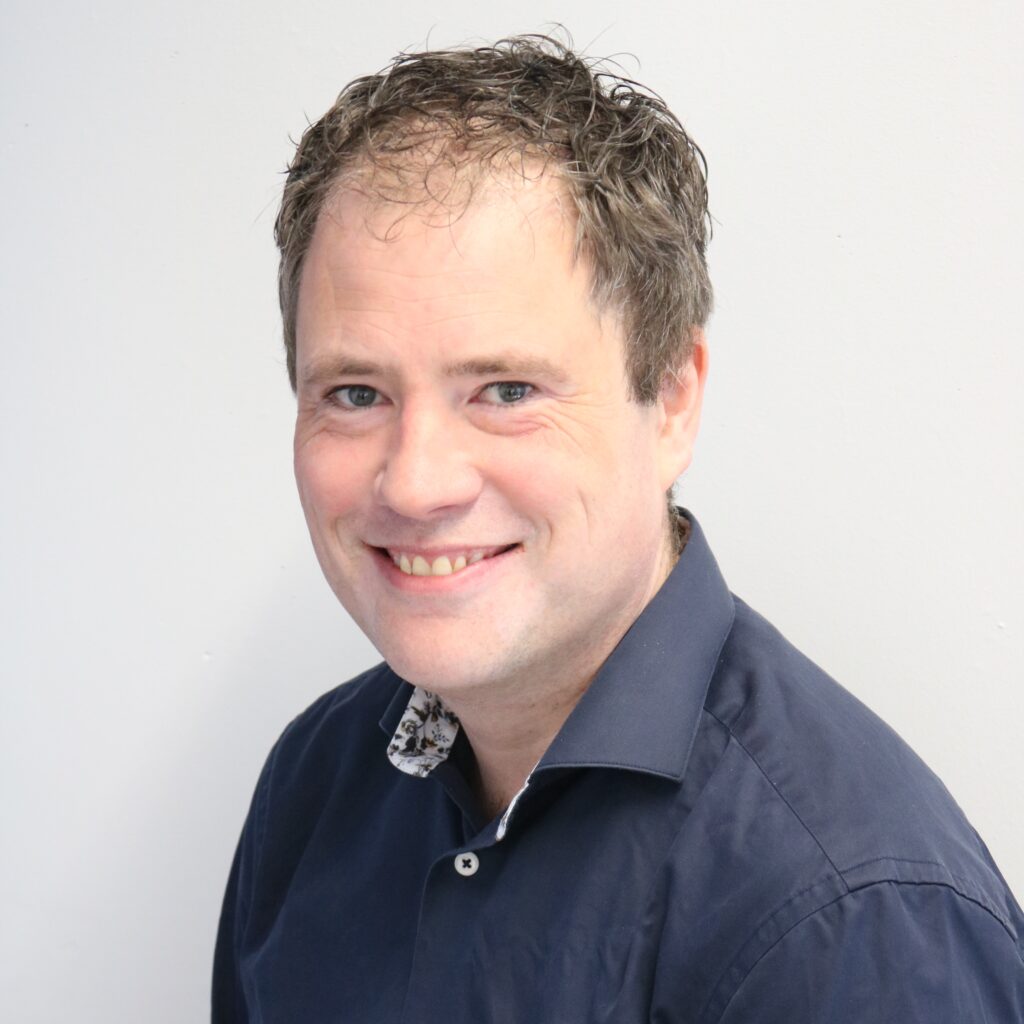
“What I really like about working at Beeliners is that it is (still) a relatively small company and therefore flexible. You are really busy making something instead of the process around it. Because of the flexibility it is also possible to change things faster if something does not work. Another nice aspect of this is that you come into contact with different disciplines and therefore do not work on your own little piece on an island.”
Rik van Ark – Embedded Software Engineer


